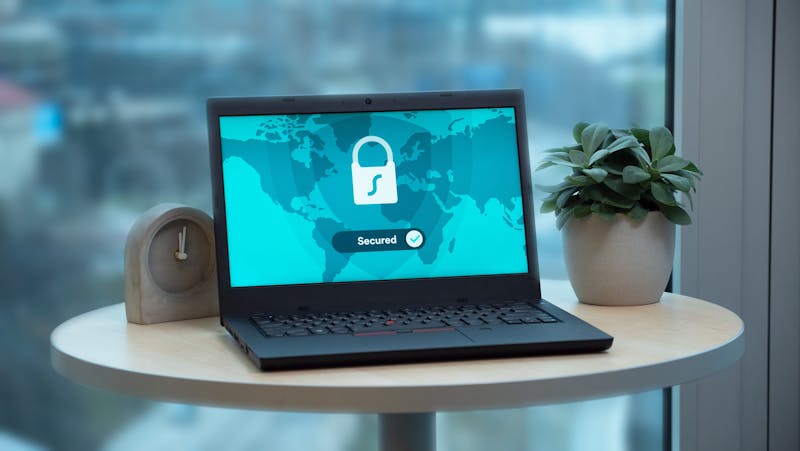Effective IT Budgeting: Maximising ROI for Small Businesses
Effective IT budgeting is essential for small businesses aiming to stay competitive and maximise their return on investment (ROI). Yet faced with wave after wave of new tools, platforms, and devices, staying on top of your IT budget can be tricky.
Can you overspend on IT? Absolutely. Bloat and underutilisation can be a serious problem, especially for small businesses without the deep pockets to weather the effects of inefficient tools.
Maximising your ROI is a multi-step process. Here are strategies and practical advice to help small businesses get the most out of every pound spent on IT tools.
Optimising Your IT Spend As A Small Business
Conduct An Audit
Before you begin thinking of optimising your assets, you’ll need to know how they’re performing–and you can’t do that without detailed documentation and analysis. This is where audits are indispensable.
Audits will help you identify areas where there’s potential for significant savings. For instance, bloated software stacks or subscriptions that are no longer competitive with what’s currently on the market. Another key area to evaluate during an audit: usage. Compare your actual versus projected usage to find out where assets are being underutilised.
Aside from utilisation, audits are essential for effective technology lifecycle management. Tracking the age of your devices can help you plan the level of support they need to keep running smoothly, maximising their lifespans while minimising the cost from unexpected repairs.
Identify Your Goals
Now that you have a clear view into where your budget is going, you need to define a goal. Many organisations fail to define objectives in their haste to adopt the flashiest new tech. Yet without a clear direction, you can easily overspend on apps, or end up with a jumbled, disjointed mess of hardware and software.
When setting up your objective, be precise. Is your goal to migrate processes to the cloud? Provide faster customer support? Reduce your risk of data theft and breaches? Specific questions will lead you to the correct KPIs so you can accurately determine whether the tools are working towards what you invested them for.
Define Your Budget Categories
Small businesses operate under tight resource constraints. Maintaining meticulous inventory records becomes essential to ensure that your limited resources are allocated to investments that yield the greatest returns.
Identify the components of your operational budget, providing insight into your expenditure. Key considerations include hardware, software licences, and the necessary personnel for system operation and maintenance.
Lean On Your Partnerships
Small businesses represent 99.9 percent of the UK’s business population. Service providers know there’s big money in catering to small businesses, yet are also aware that small business owners have more fragmented, unique needs than large enterprises.
Vendors are eager to establish themselves as long-term partners in this lucrative yet volatile space. As a small business owner, you can capitalise on this by seeking assistance from service providers to identify the most cost-efficient solutions, negotiating more favourable terms, or even asking for discounts.
Plan for Scale & Allow for Flexibility
Market conditions are difficult to predict. Prior to the pandemic, a brick-and-mortar store’s primary IT needs would have been relatively simple: a basic point-of-sale system and maybe one or two social media accounts for marketing.
With the massive shift towards eCommerce, many retailers now need a raft of software for ensuring seamless transactions like secure online payment portals and inventory management systems.
Give your budget the room to adapt based on future goals for growth and unforeseen trends. Planning ahead will allow you to scale your IT infrastructure with minor disruptions and pivot based on market conditions.
Monitor and Review Expenses
Monitoring and adjusting budgets is an essential part of effectively controlling and maximising your spend. By keeping an eye on your performance metrics, you can quickly identify tools that are flagging, and either troubleshoot or reallocate resources to more performant tools.
Regular reviews also allow for adaptation to changing business needs and market conditions, ensuring your budget remains aligned with your strategic objectives.
Train Your Employees
Without training, even the most powerful IT tool calibrated to your needs will bleed money. Investing in training employees is imperative to getting the most out of every tool in your tech stack.
It’s not just about making resources available–how you provide training matters. One study found that although the majority of UK businesses do invest in technology training, the programmes failed to engage employees, with many struggling to complete courses.
Overwhelmed? Consider Outsourcing Expertise
Businesses are increasingly centralising IT purchasing decisions. Although owners in smaller enterprises, particularly those with fewer than 25 employees, typically bear most of this responsibility, larger companies tend to distribute it evenly with their IT departments. This trend underscores the significance and influence of expertise in decision-making.
However, not all small businesses have in-house specialists readily available, particularly as qualified IT professionals become scarcer. Partnering with seasoned IT firms by your side can help you accurately evaluate your current spend and optimise it for maximum ROI.
Evolvit has been providing top-notch managed IT and consulting services across the UK for nearly 20 years. Contact us and you’ll be connected directly to one of our engineers, all of whom are ready to provide advice, diagnose, and optimise your IT budgets.






